Bacopa australis
Scientific name: Bacopa australis
Family: Scrophulariaceae
Maximum size reached under cultivation: 6 - 30 cm (2.36 - 11.81 inch)
014
Recommended pH range: 6.2 - 7.9
Recommended water hardness: 0 - 30°dGH (0 - 535.71ppm)
0°C 32°F30°C 86°F
Recommended temperature range: 20 - 29 °C (68 - 84.2°F)
Preferred propagation method: Cuttings
Native to: South America
Growth rate: Fast
Recommended substrate: Gravel
Lighting requirements: Medium
Ideal placement in tank: Background
🌿 Common Name
Bacopa australis (sometimes called Southern Bacopa)
🌍 Origin
Bacopa australis is native to South America, particularly in southern regions of Brazil. Despite the name “australis” meaning “southern,” it has no connection to Australia, which is a common misconception.
💧 Growing Conditions
This species thrives in both submerged and emersed environments. When fully submerged in aquariums, it produces compact, vibrant green stems and leaves. Under intense lighting, new growth may develop a faint reddish or bronze tint, especially with added iron supplementation.
It grows best in nutrient-rich gravel or fine substrate, and benefits from medium to bright lighting. Under high light, it stays short and spreads horizontally, sometimes forming a natural carpet. In lower light, it tends to grow vertically toward the surface, becoming leggier.
Tip:
CO2 supplementation is not required but will significantly boost growth rate and leaf density, making it ideal for aquascaping layouts.
📍 Placement in the Aquarium
Depending on tank size and lighting, Bacopa australis is suited for the foreground, midground, or background. In nano tanks, it works as a background plant. In larger tanks, it shines as a midground filler or even a foreground carpet under high-intensity light.
🌱 Propagation
Propagation is simple and fast using stem cuttings. Cut a healthy stem, remove the lower leaves, and plant it directly into the substrate. New roots will develop quickly and the cutting will form a new plant.
Occasionally, lateral shoots will develop from mature stems. These can also be replanted, but most aquarists prefer stem cuttings for quicker results.
⚙️ Difficulty
Very easy. Bacopa australis is beginner-friendly, tolerant of variable water conditions, and forgiving of small maintenance lapses. It thrives with basic care, as long as lighting and nutrients are adequate.
📝 Short Description
Bacopa australis is a charming, fast-growing plant that adapts to a variety of aquarium layouts. Whether used as a low carpet or a mid-height bush, it adds softness and color to aquascapes. Its ability to grow submerged or emersed also makes it suitable for paludariums and open-top tanks. Regular trimming encourages bushier growth, and propagation is straightforward. This makes it a popular choice for aquascapers of all levels.
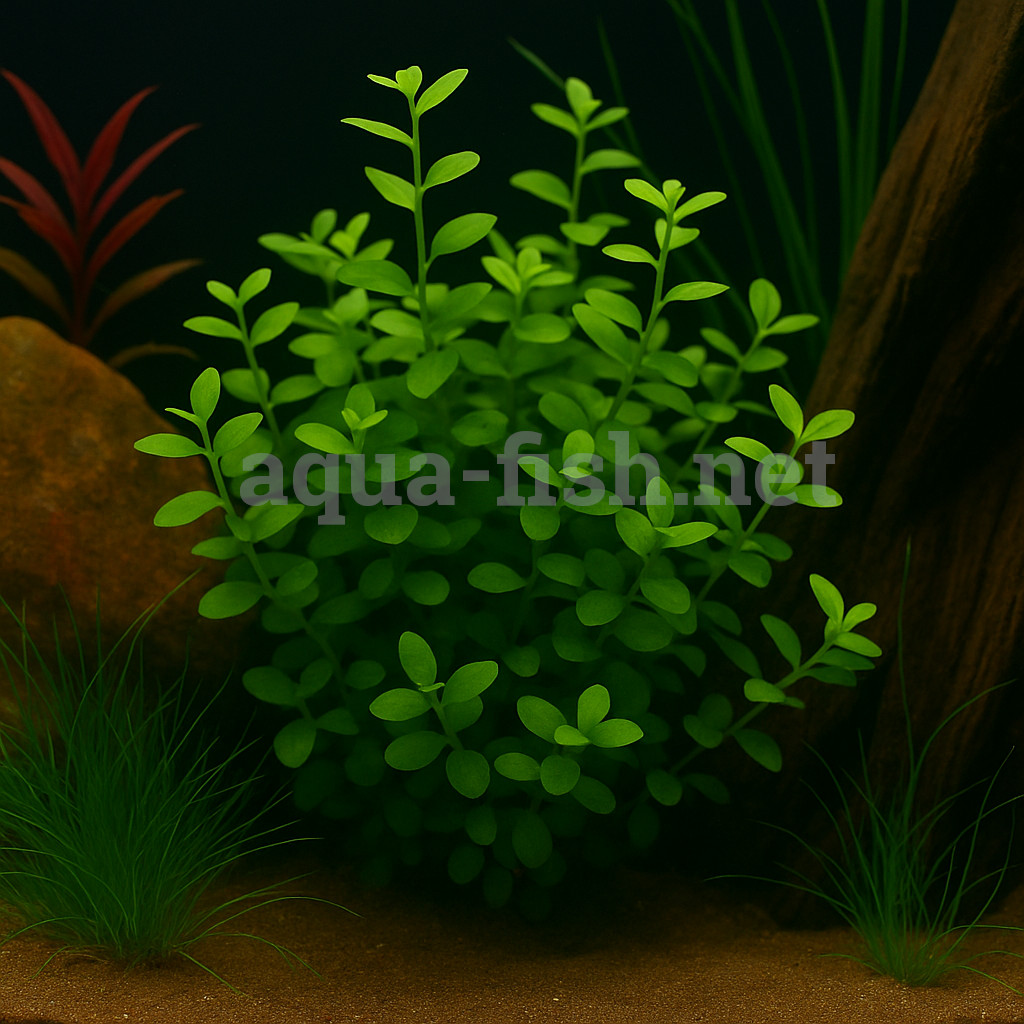
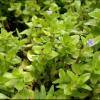 Bacopa caroliniana
Bacopa caroliniana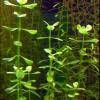 Bacopa monnieri
Bacopa monnieri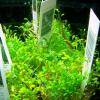 Glossostigma elatinoides
Glossostigma elatinoides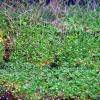 Hemianthus callitrichoides
Hemianthus callitrichoides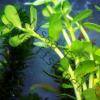 Hemianthus micranthemoides
Hemianthus micranthemoides Limnophila aquatica
Limnophila aquatica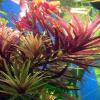 Limnophila aromatica
Limnophila aromatica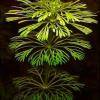 Limnophila sessiliflora
Limnophila sessiliflora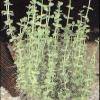 Lindernia rotundifolia
Lindernia rotundifolia